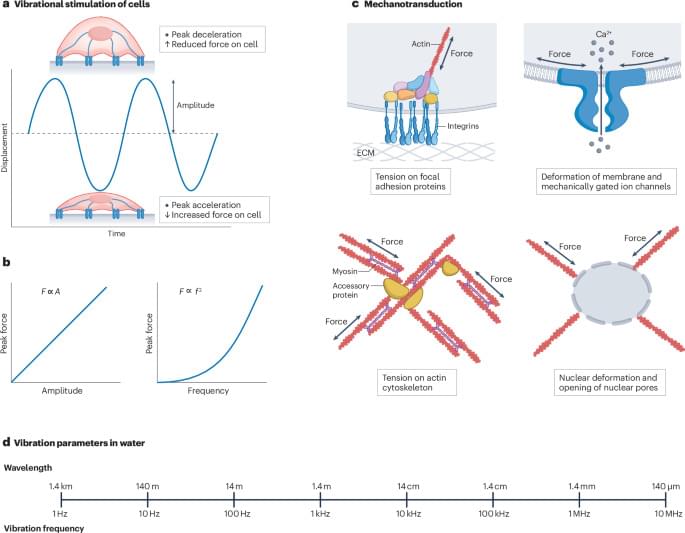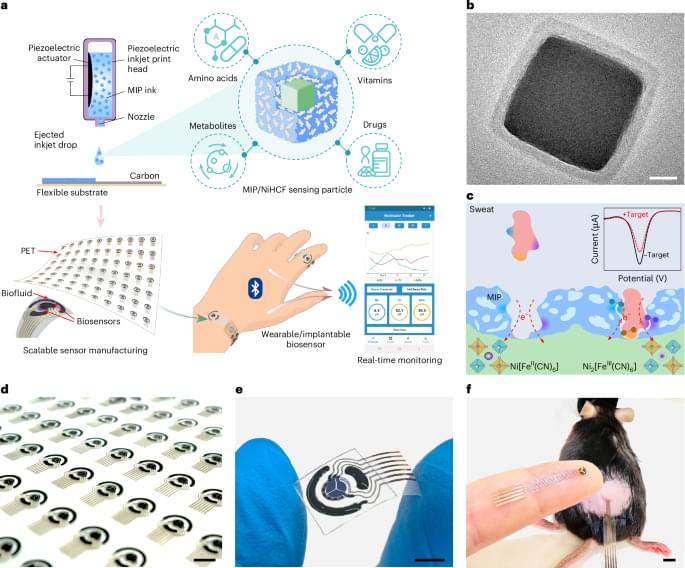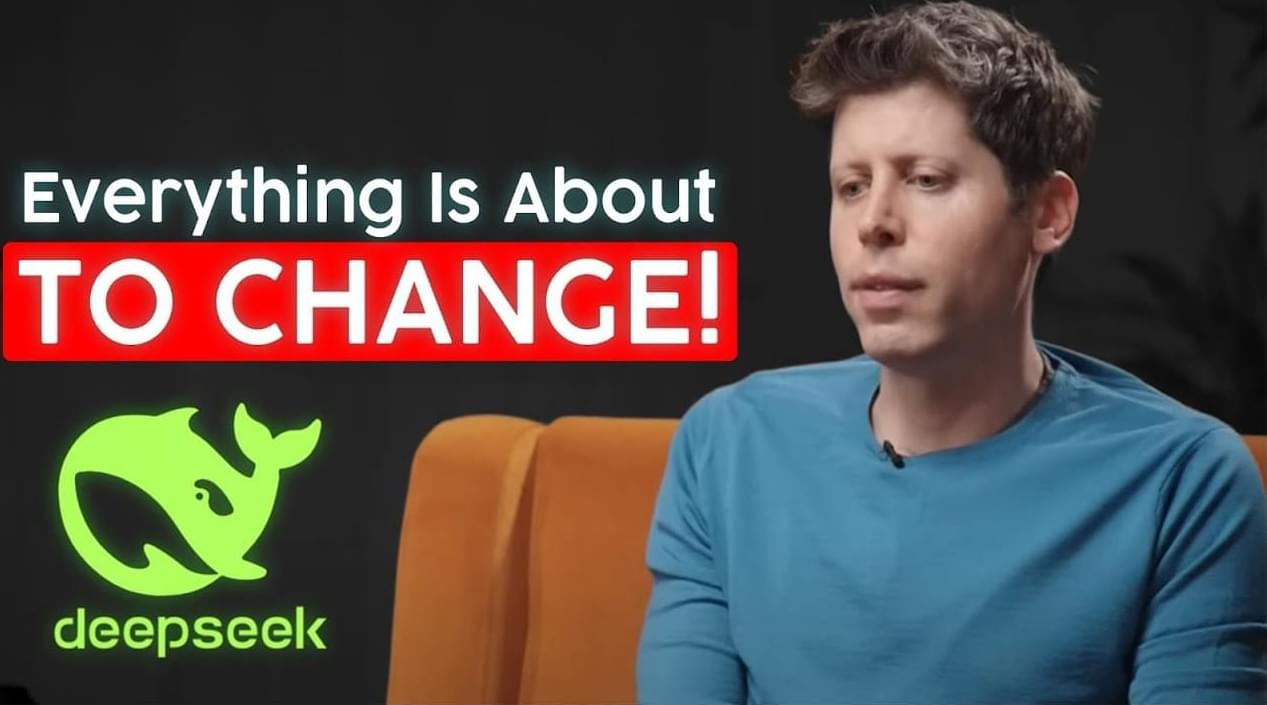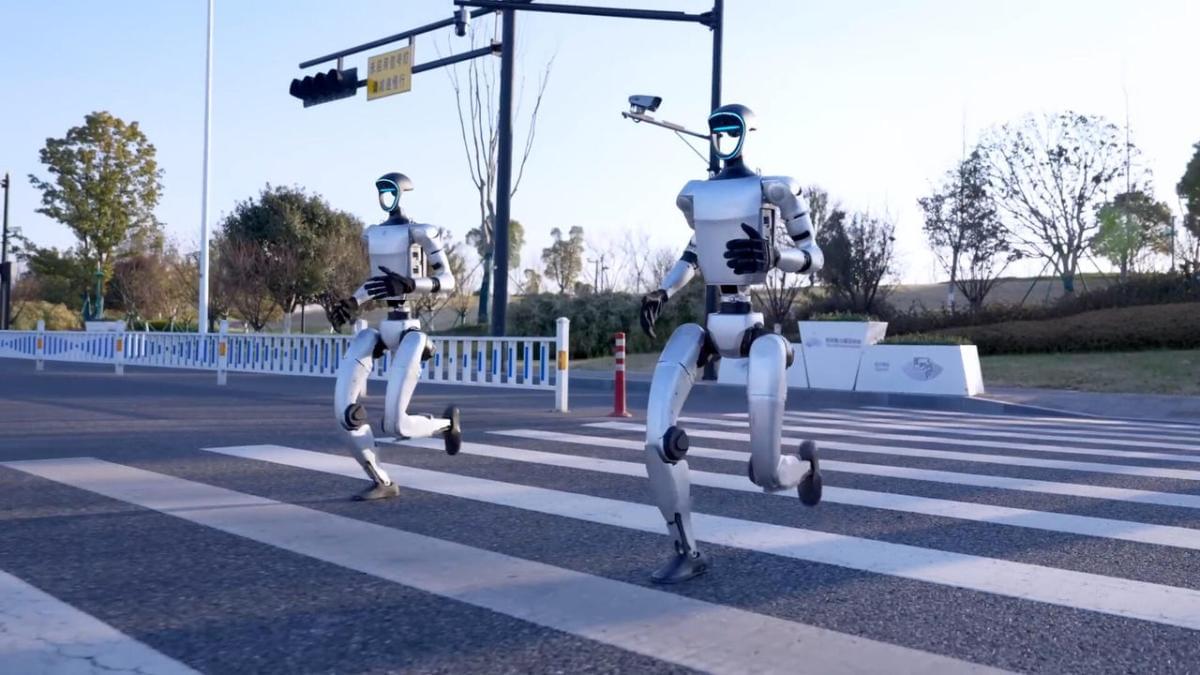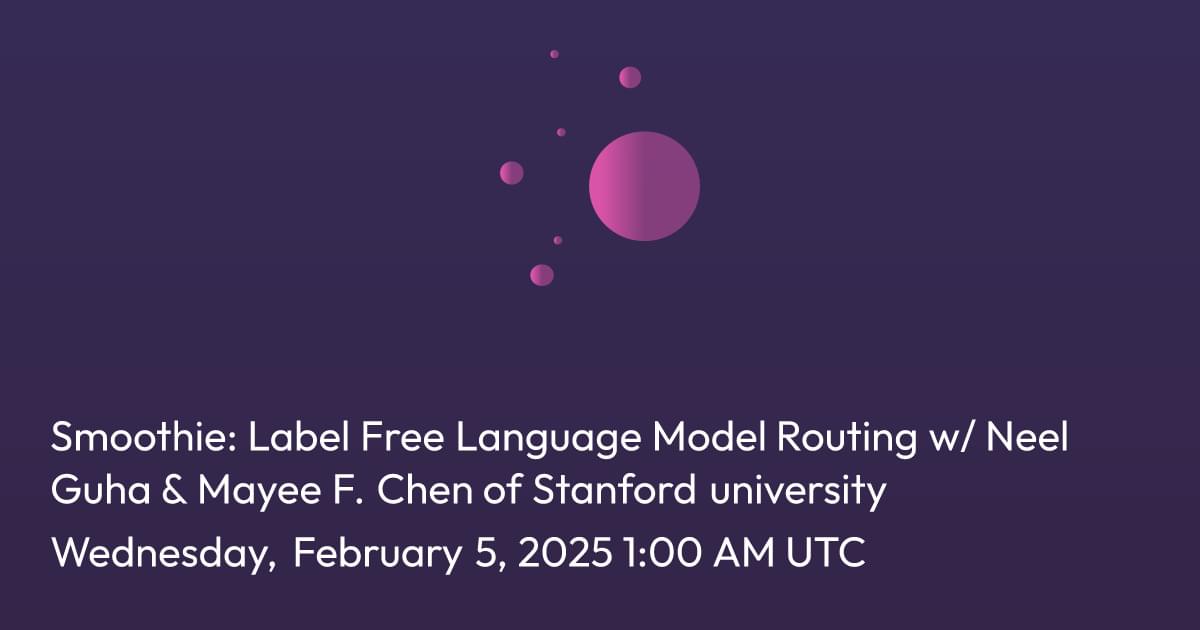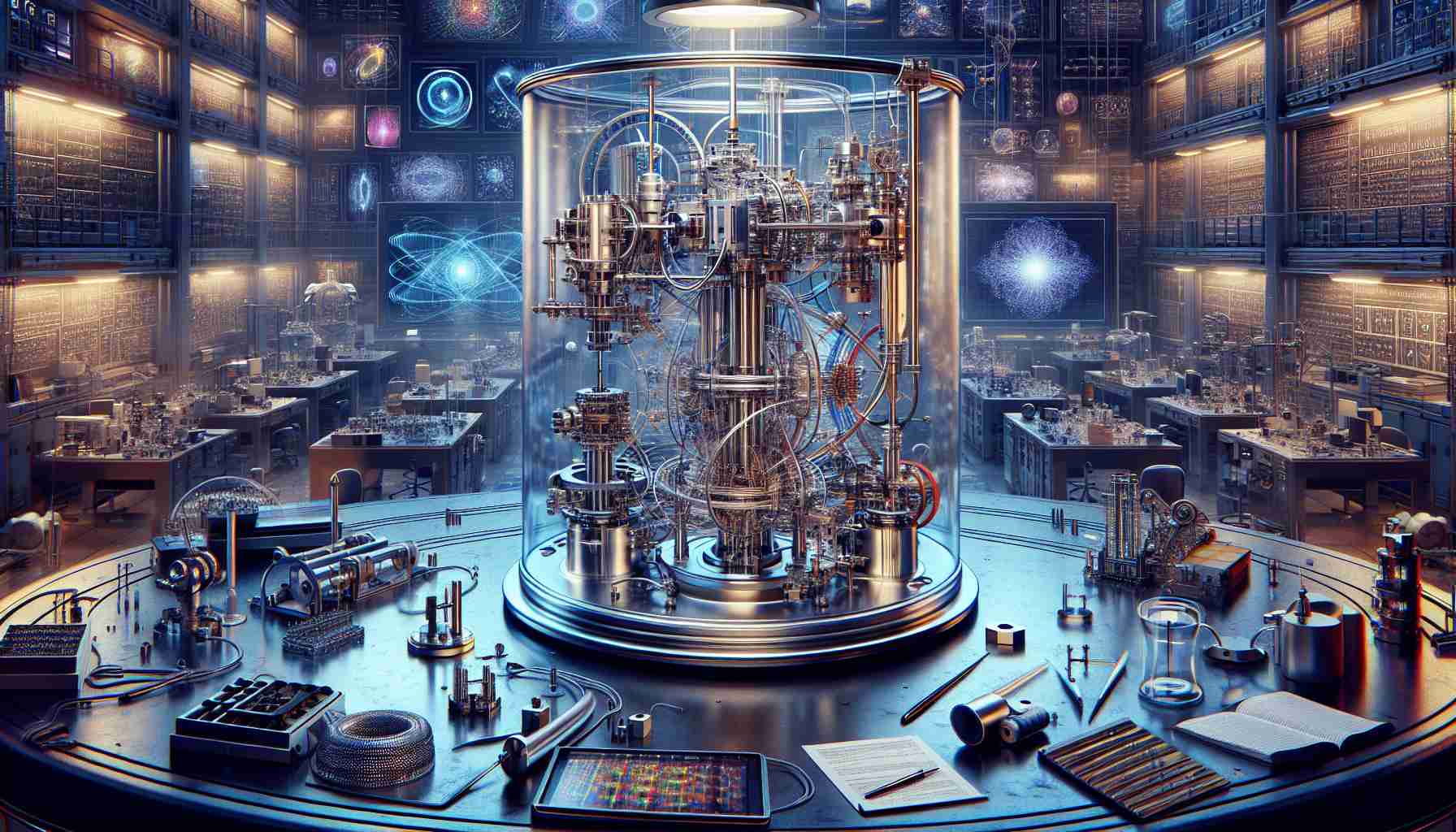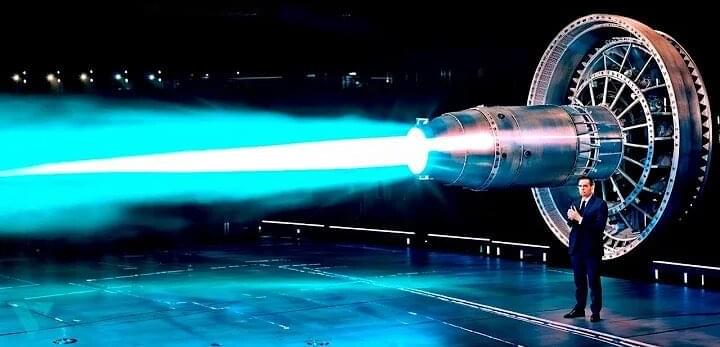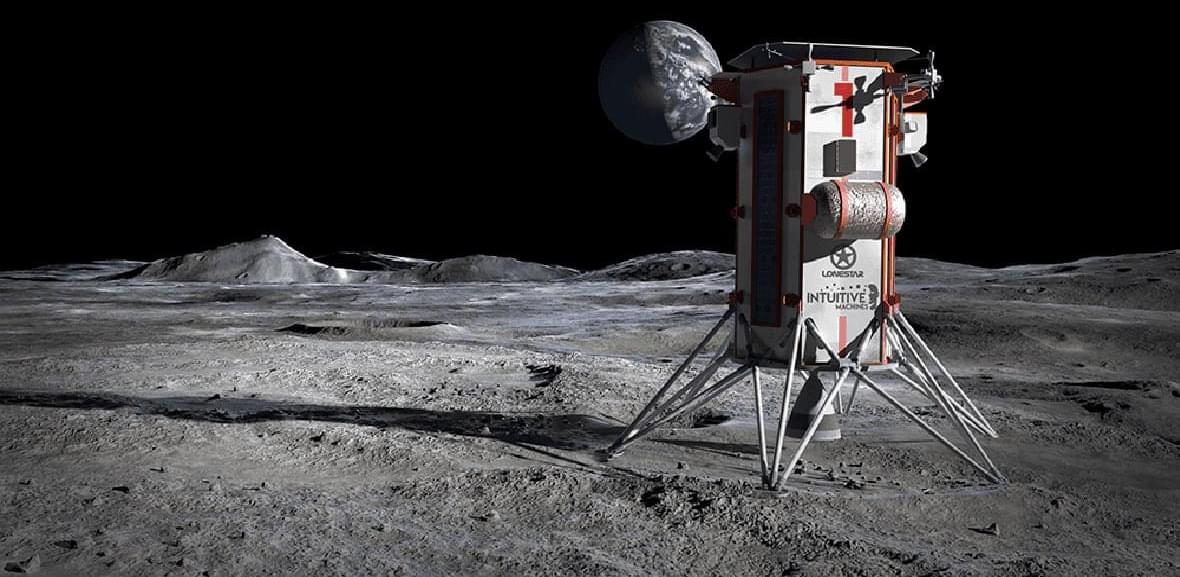Vibration can be applied to cells in vitro and in vivo to trigger specific mechanotransductive pathways and guide cell-fate decisions. This Review explores the use of vibrational stimulation for cell engineering, outlining key pathways, devices and applications for this new mechanical cell-stimulation tool.
Current wearable and implantable biosensors still face challenges to improve sensitivity, stability and scalability. Here the authors report inkjet-printable, mass-producible core–shell nanoparticle-based biosensors to monitor a broad range of biomarkers.
Synthesis of aromatic belts with embedded thiophene structures, which manifest significant optoelectronic and conductive properties, has not yet been achieved. Herein, the authors report the synthesis of thiophene-fused aromatic belts via one-step sulfur cross-linking reaction of partially fluorinated cycloparaphenylenes.
Description:
Sam Altman admitted OpenAI might have been wrong about keeping its AI models private and acknowledged DeepSeek’s open-source approach is making waves in the industry. Meanwhile, DeepSeek claims to have built an AI model as powerful as OpenAI’s GPT-o1 for a fraction of the cost, raising concerns about potential data theft and U.S. chip restrictions. At the same time, Altman is pushing a $500 billion AI data center project called “Stargate” while facing a personal lawsuit, as Google quietly adjusts its AI strategy and Microsoft investigates DeepSeek’s rapid rise.
*Key Topics:*
- *Sam Altman’s shocking admission* about OpenAI’s past mistakes and DeepSeek’s rising influence.
- How *DeepSeek claims to rival OpenAI’s GPT-o1* at a fraction of the cost, raising legal concerns.
- The *AI arms race escalates* as OpenAI, DeepSeek, Microsoft, and Google battle for dominance.
*What You’ll Learn:*
- Why *OpenAI might change its stance on open-source AI* after DeepSeek’s disruptive impact.
- How *Microsoft is investigating DeepSeek* over alleged unauthorized use of OpenAI’s data.
- The *$500 billion “Stargate” project* and why experts doubt Altman’s ambitious AI infrastructure plans.
*Why It Matters:*
Unitree, a Chinese robotics company competing with outfits like Boston Dynamics, Tesla, Agility Robotics and others, has unveiled a new video of its humanoid G1 and H1 robots, showing off some new moves.
The smaller, more affordable G1 robot is shown running, navigating uneven terrain and walking in a more natural way. Unitree told us that because the robots were operating in environments it hadn’t mapped with LIDAR, these demos were remote controlled.
Unitree’s taller H1 humanoid robot also showed off some new moves at a Spring Festival Gala. The robots performed a preset routine learned from data produced by human dancers. The company says “whole body AI motion control” kept the robots in sync and allowed the robots to respond to any unplanned changes or events.
At the heart of language neuroscience lies a fundamental question: How does the human brain process the rich variety of languages? Recent developments in Natural Language Processing, particularly in multilingual neural network language models, offer a promising avenue to answer this question by providing a theory-agnostic way of representing linguistic content across languages. Our study leverages these advances to ask how the brains of native speakers of 21 languages respond to linguistic stimuli, and to what extent linguistic representations are similar across languages. We combined existing (12 languages across 4 language families; n=24 participants) and newly collected fMRI data (9 languages across 4 language families; n=27 participants) to evaluate a series of encoding models predicting brain activity in the language network based on representations from diverse multilingual language models (20 models across 8 model classes). We found evidence of cross-lingual robustness in the alignment between language representations in artificial and biological neural networks. Critically, we showed that the encoding models can be transferred zero-shot across languages, so that a model trained to predict brain activity in a set of languages can account for brain responses in a held-out language, even across language families. These results imply a shared component in the processing of different languages, plausibly related to a shared meaning space.
The authors have declared no competing interest.
W/ Neel Guha & Mayee F. Chen of Stanford university.
Speakers: Mayee Chen, Neel Guha, Cecile Tamura
In a groundbreaking study published in the journal Optica, this innovative instrument emerges from the collaborative genius of the National Quantum Science and Technology Institute (NQSTI), incorporating expertise from several esteemed institutions. The device serves as a window into a dual universe, allowing the simultaneous examination of phenomena governed by both classical laws and the bizarre rules of quantum mechanics.
At the heart of this discovery lies the technique of optical trapping, a method that harnesses the power of light to manipulate microscopic particles. Now, empowered by the insights of physicist Francesco Marin and his team, the dual laser setup dramatically enhances our understanding of how these nano-objects interact. As they oscillate in their laser confines, the spheres reveal a dance of behaviors—some that align with our everyday experiences, and others that defy our intuition.
What would you think if I told you that traveling faster than light is no longer pure science fiction? Scientists have found a way to do it 10 times faster.
Science surprises us once again! Scientists have reached a revolutionary milestone by discovering a new theoretical way to travel faster than light. This breakthrough, based on innovative concepts in physics, opens the door to incredible possibilities in the realm of space exploration and the conquest of the cosmos. In this article, we will explore in detail this exciting development and the implications it could have for the future of humanity.
There’s no shortage of data centers being built on Earth, but this one’s a little different.
